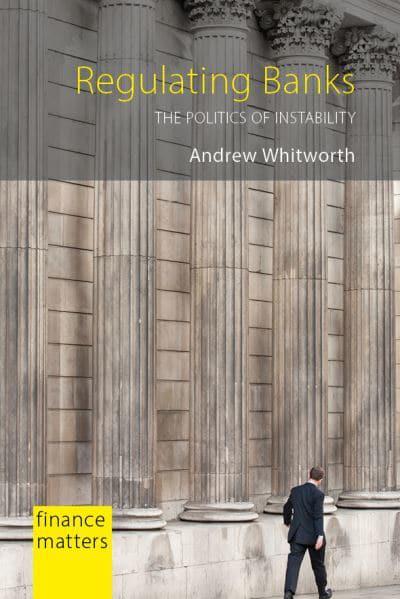Regulating banks
the politics of instability
- ISBN: 9781788214049
- Editorial: Agenda Publishing
- Fecha de la edición: 2022
- Lugar de la edición: Bath Lane. Reino Unido
- Colección: Finance Matters
- Encuadernación: Cartoné
- Medidas: 24 cm
- Nº Pág.: 240
- Idiomas: Inglés

Banks have been at the heart of economic activity for centuries, but since the 2008 financial crisis scrutiny of their activities and regulation of their actions has become the focus of fervent academic, policy and political activity. This focus takes for granted the existence and nature of banks.
In Regulating Banks, Andrew Whitworth looks one stage deeper to question what a bank really is, and what the implications of that are. He argues that the institutional form of a bank represents the political compromise of a specific time and place - and can therefore change. This has implications for financial stability. Far from creating stability, he argues, the regulatory impulse of policy-makers inevitably leads to greater financial instability.
Whitworth examines the postwar period of UK banking to show how regulation influences the nature of banks as much as their behaviour. Regulation, by changing the nature of what is regulated, encourages banks and other actors over time to alter their behaviour, which leads to future boom and bust cycles. These cycles then require further regulation to rein in the disruption their new pattern of behaviour inevitably instigates.
Regulating Banks reveals the cyclical nature of banking regulation, the inherent mismatch between political impulses and market reactions, and the price banks, banking and society pay for such instability.
1. Introduction: what is a bank?
2. The financial-regulatory cycle
3. Other ways of banking: the UK experience, 1945–70
4. Competition and Credit Control (C&CC) and the secondary banking crisis
5. The Banking Act 1979 and Johnson Matthey Bankers
6. Returning to the question: how the financial-regulatory cycle creates financial instability
7. The City revolution, 1987 Banking Act and two international bank failures
8. New Labour reforms and the 2008 financial crisis
9: The post-crisis response
10: Conclusion: banking regimes






